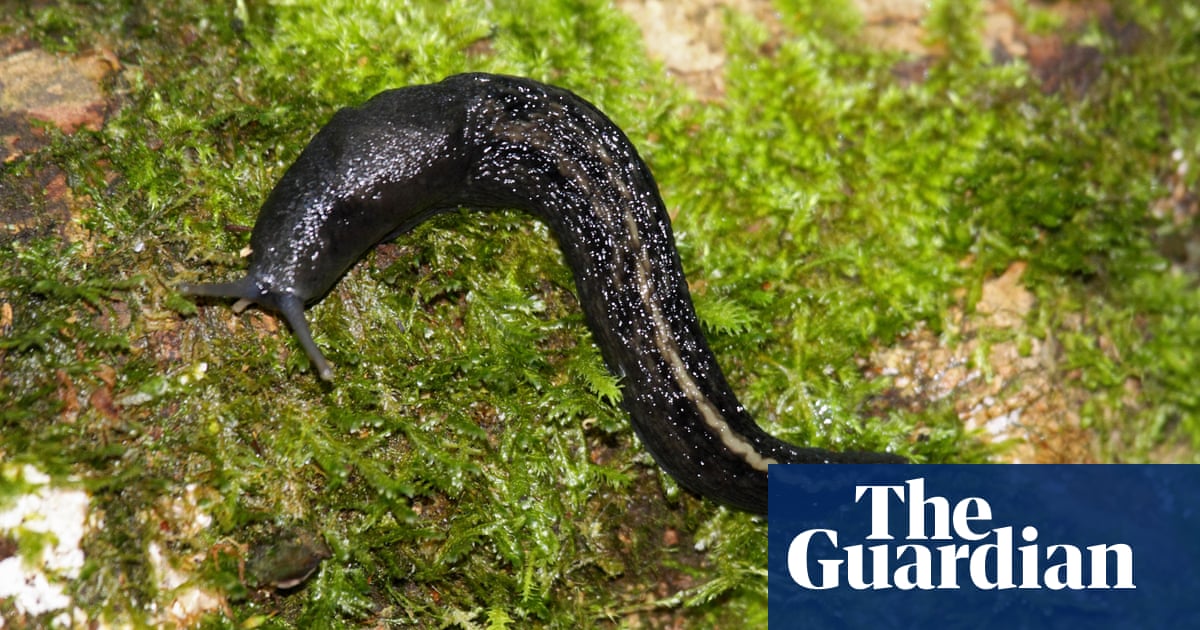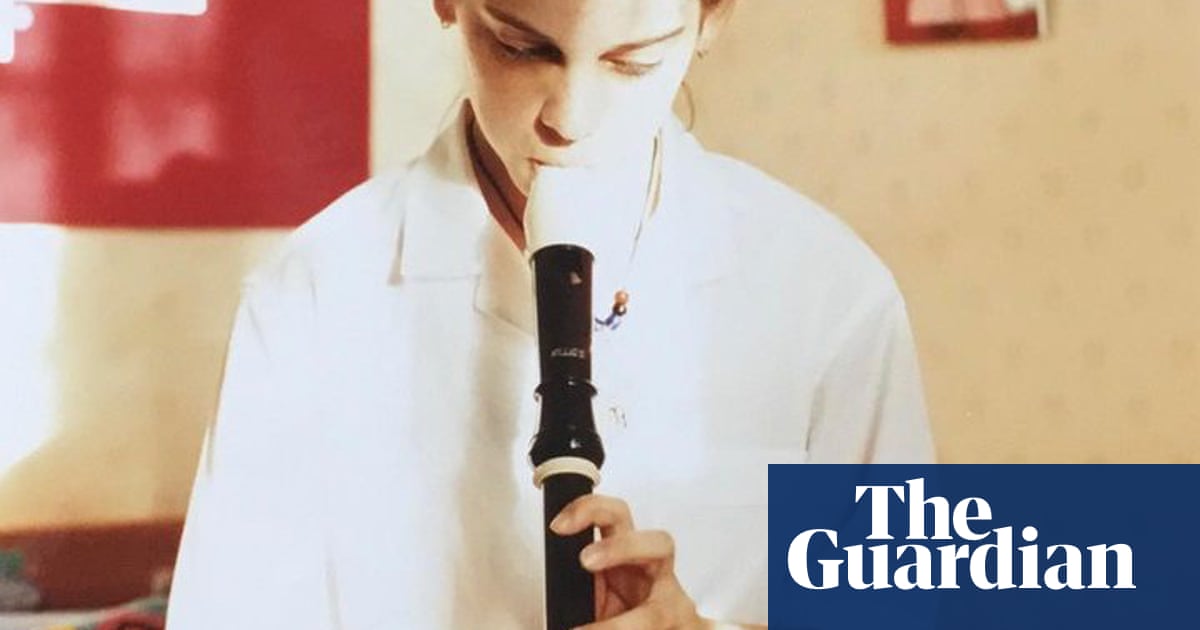
Slugs eat our lettuce. Moths eat our jumpers. It seems pretty unlikely that either will win the Guardian’s invertebrate of the year competition, and yet …
This newspaper has a venerable history of standing up for the underdog and it turns out the national hatred for slugs and moths may be largely unfounded.
Let’s start with slugs. The Royal Horticultural Society has for centuries being informing people of the best way to murder slimy garden visitors. But in recent years the institution has changed its tune, urging its trowel-wielding members to treat slugs and snails as friends.
Dr Hayley Jones, an entomologist at the charity, tells me: “There are around 150 species of slugs and snails in the UK, and while a small number of these – nine – pose problems for gardeners, the majority contribute positively to the garden ecosystem. Molluscs are excellent cleaners, feeding on rotting plants, fungi, dung and even carrion, helping to recycle nutrients and minerals back into the soil. In addition they are a key food source for many of the more commonly loved garden visitors such as frogs, song thrushes and ground beetles, so by supporting slugs and snails, gardeners can indirectly welcome a diverse array of wildlife.”
The charity now says that although the gastropods are the garden visitor about which they receive most complaints, they should be considered an important part of the garden ecosystem.
Rather than drowning them in beer, poisoning them with pellets or shrivelling them with salt, the RHS recommends more ethical deterrents for beloved roses and crisp lettuce. This could include using mulch, or planting species the slugs prefer to eat near prized blooms to attract them to those plants instead.
And what about moths? Most people largely come into contact with them after detecting a tell-tale hole in a favourite jumper – or in my case, a corner of ravaged carpet in the living room. This is because butterflies’ nocturnal cousins prefer to fly by moonlight, pollinating plants while we slumber. But in fact, as with slugs, there are only a few types of moths that cause this kind of damage. The many other types are a huge, infinitely varied rainbow who perform vital services to the planet.
Paul Hetherington, who has for years been championing the cause of forgotten and maligned insects at the charity Buglife, says: “Moths play a vital role in the pollination of plants. It is estimated that roughly a third of pollinator visits to crops, flowers and trees are by moths. A recent study from Sussex University found that 15% of pollinator visits to brambles were by moths. The hairy bodies of moths are great for carrying pollen between flowers.
“In particular moths seem to be attracted to pale and white flowers whilst bees prefer purple ones. It is known that light pollution has reduced nocturnal pollination by 62% and reduced caterpillar numbers by 52% in areas of street lighting. Moths also include some of our most striking UK insects such as the hummingbird hawk-moth and the day-flying cinnabar moth to namecheck but two.”
And actually, putting my poor moth-eaten carpet to one side, I have to heartily agree. What butterfly can stand up to the six-spot burnet moth, which looks as if it is clad in a mink stole (I nicknamed it the goth moth)?
And when it comes to slugs, if you can ditch your prejudice, it can actually be incredibly soothing to watch them slither along, leaving a trail of slime while their intelligent-looking antennae move about.
Maybe, in fact, it would better to appreciate all of the interesting, if occasionally irksome, creatures we share this Earth with, rather than squash or salt them.
Welcome to the Guardian’s invertebrate of the year competition! Every day for the next two weeks we’ll be profiling one of the incredible invertebrates that live in and around the UK. Let us know which invertebrates you think we should be including here. And at midnight on Friday 12 April voting will open to decide which is our favourite invertebrate – for now – with the winner to be announced on Monday 15 April.












